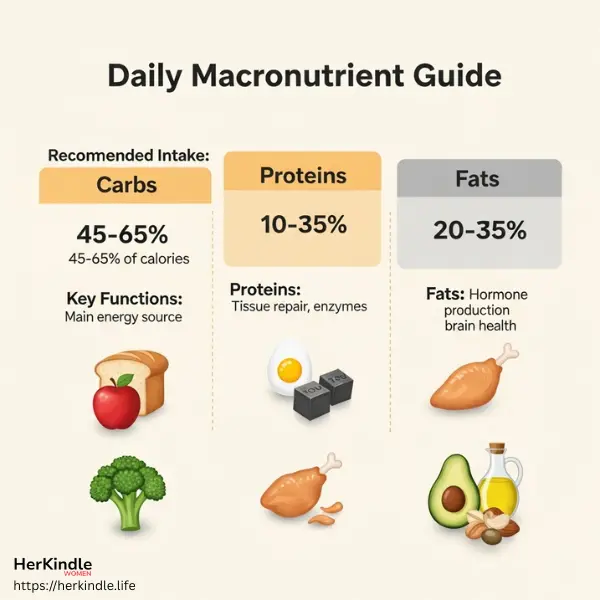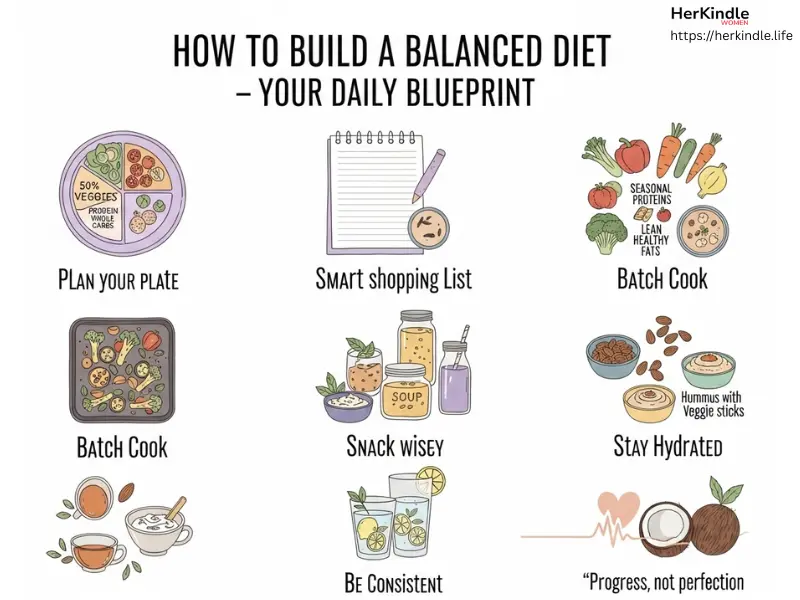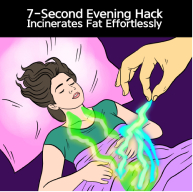As women enter their mid-30s and beyond, nutrition becomes more than a means to fuel the body—it becomes a foundation for hormonal balance, emotional resilience, and graceful aging. Especially in the perimenopausal stage, when estrogen fluctuations can lead to fatigue, weight gain, and mood shifts, the role of food becomes deeply intertwined with quality of life.
Yet with overwhelming trends, fad diets, and ultra-processed food dominating grocery aisles in the US and Canada, how can women make meaningful, empowered choices?
This handbook offers clarity, science-backed insights, and practical strategies for women looking to embrace healthy eating as a long-term lifestyle—nourishing not just the body, but also the mind and the planet.
What Is Healthy Eating? A Gentle, Science-Backed Nutrition Guide
Healthy eating is not about deprivation, calorie obsession, or following strict diet rules. It’s about building a sustainable relationship with food—one that promotes energy, hormone balance, and mental well-being.
For women over 35, especially those transitioning toward menopause, nutrition can influence:
- Estrogen regulation
- Bone health
- Metabolism
- Inflammation control
Healthy eating focuses on:
- Nutrient-rich whole foods
- A balanced diet across food groups
- Mindful eating practices
- Environmental and ethical consciousness
It’s not a temporary fix—it’s a lifelong support system.
Macronutrients and Micronutrients—The Building Blocks of a Balanced Diet
Understanding macronutrients and micronutrients is essential to any nutrition guide. These elements influence everything from immune defense to hormonal balance and mental health.
Macronutrients: Fueling the Female Body
Macronutrients include carbohydrates, proteins, and fats, which provide energy and structural support.

| Macronutrient | Daily Recommended Intake | Functions | Sources |
|---|---|---|---|
| Carbohydrates | 45–65% of calories | Main energy source | Whole grains, fruits, vegetables |
| Proteins | 10–35% of calories | Tissue repair, enzymes, hormones | Eggs, legumes, tofu, lean meat |
| Fats | 20–35% of calories | Hormone production, brain health | Avocados, nuts, olive oil |
Note: Low-fat diets may disrupt hormonal balance. Healthy fats are crucial for women during hormone shifts.
Micronutrients: The Unsung Heroes
Micronutrients include vitamins and minerals. Even in small doses, they play major roles.
- Calcium & Vitamin D: Maintain bone density
- Magnesium: Supports mood and sleep
- Iron & B12: Prevent fatigue and brain fog
- Zinc: Immune function and hormone balance
Food sources to prioritize:
- Dark leafy greens
- Legumes and seeds
- Yogurt and fortified plant milks
- Fatty fish and lean meats
Processed Foods and Sugar – Hidden Risks in Modern Diets
The average North American diet is inundated with ultra-processed foods and added sugars, both linked to chronic disease risks.
Why It Matters for Women 35+:
- Processed foods raise inflammation—worsening joint pain, skin conditions, and mood swings during perimenopause.
- Sugar disrupts insulin and estrogen balance, contributing to fatigue and belly fat.
Watch out for:
- Ready-to-eat meals
- Granola bars and flavored yogurts
- Sugary beverages and sauces
Fact: Nearly 90% of added sugar intake in the US comes from ultra-processed foods.
Tip: Choose “ingredient foods” over “product foods.” If you can’t recognize the ingredients, your body won’t either.
A Nutrition Guide to Preventing Chronic Illnesses in Midlife
As metabolism slows and hormonal changes set in, women become more vulnerable to:
- Heart disease
- Type 2 diabetes
- Osteoporosis
- Autoimmune disorders
Adopting a balanced diet filled with whole foods, anti-inflammatory nutrients, and fiber is a game changer.
Best Practices:
- Choose Mediterranean-style meals: Fish, olive oil, legumes, nuts, greens
- Limit red and processed meats
- Eat calcium-rich foods or plant-based alternatives
- Include probiotic-rich options (e.g., kimchi, kefir, tempeh)
“Every bite you take is a vote for your long-term health.”
Sustainable Eating—Caring for the Planet, Not Just Your Body
Women often lead the way in household decisions. Choosing sustainable food is a powerful act of care for future generations.
What is Sustainable Eating?
- Prioritizing plant-based foods
- Reducing meat and dairy where possible
- Supporting local farmers and seasonal produce
- Avoiding food waste and over-packaging
Environmental Wins:
- Less greenhouse gas emissions
- Conservation of water
- Healthier ecosystems
Eating sustainably means choosing foods that honor both your body and the earth.
Emotional Eating and Mindful Practices for Women Over 35
Many women experience emotional fluctuations tied to hormonal cycles. It’s no wonder food becomes a source of comfort or control.
Key Triggers:
- PMS cravings
- Midlife stress and burnout
- Body image concerns
Solutions:
- Practice mindful eating: Pause, breathe, and notice hunger cues
- Create rituals: Herbal tea, walking meditations, slow breakfasts
- Keep a food–mood journal to observe emotional patterns
“When you tune in, your body tells you exactly what it needs.”
How to Build a Balanced Diet—Your Daily Blueprint
Step-by-Step:
- Plan your plate (50% veggies, 25% protein, 25% whole carbs)
- Shop smart with a list: seasonal produce, lean proteins, healthy fats
- Batch cook for busy weeks: soups, roasted trays, smoothies
- Snack wisely: Almonds, Greek yogurt, hummus with veggies
- Stay hydrated: Herbal teas, lemon water, coconut water

Don’t aim for perfection—aim for consistency.
Healthy Aging Through Nutrition—Your 40s, 50s and Beyond
Nutrition is your companion through every decade. After 40, your body demands:
- More protein to preserve lean mass
- Less sugar to protect metabolism
- More antioxidants to reduce inflammation
Key Nutrients After 40:
- Omega-3s: Brain and joint health
- Fiber: Gut health and hormone detox
- Vitamin B12: Energy and cognition
- Vitamin D: Bone health and mood
Real Tip: Don’t skip meals—balanced, colorful plates are your body’s best ally against fatigue and brain fog.
FAQ – Healthy Eating for Women Over 35
Q1: How much protein should I eat daily?
A: Aim for 1.2–1.5g of protein per kg of body weight daily. That’s ~75–90g for most women.
Q2: What’s the best diet for hormonal balance?
A: A diet rich in omega-3s, leafy greens, berries, legumes, and fermented foods supports estrogen metabolism and reduces inflammation.
Q3: Should I avoid dairy after 40?
A: Not necessarily. If tolerated, yogurt and kefir are great calcium sources. Consider lactose-free or fortified plant milks if sensitive.
Q4: How can I stop emotional snacking?
A: Try breathing techniques, drink water, and pause 5 minutes before reacting to cravings. Often, the urge passes.
Conclusion: Nourish to Flourish
Healthy eating is not about fixing your body—it’s about honoring it. It’s about embracing change, showing kindness to your future self, and becoming the guardian of your well-being.
Whether you’re navigating hot flashes, energy dips, or mood swings, the power is on your plate.
Let food be your medicine, your comfort, and your legacy.
CTA:
Ready to reset your habits? Start with one meal. One mindful bite.
👉 Visit HerKindle.Life for recipes, tools, and community.







